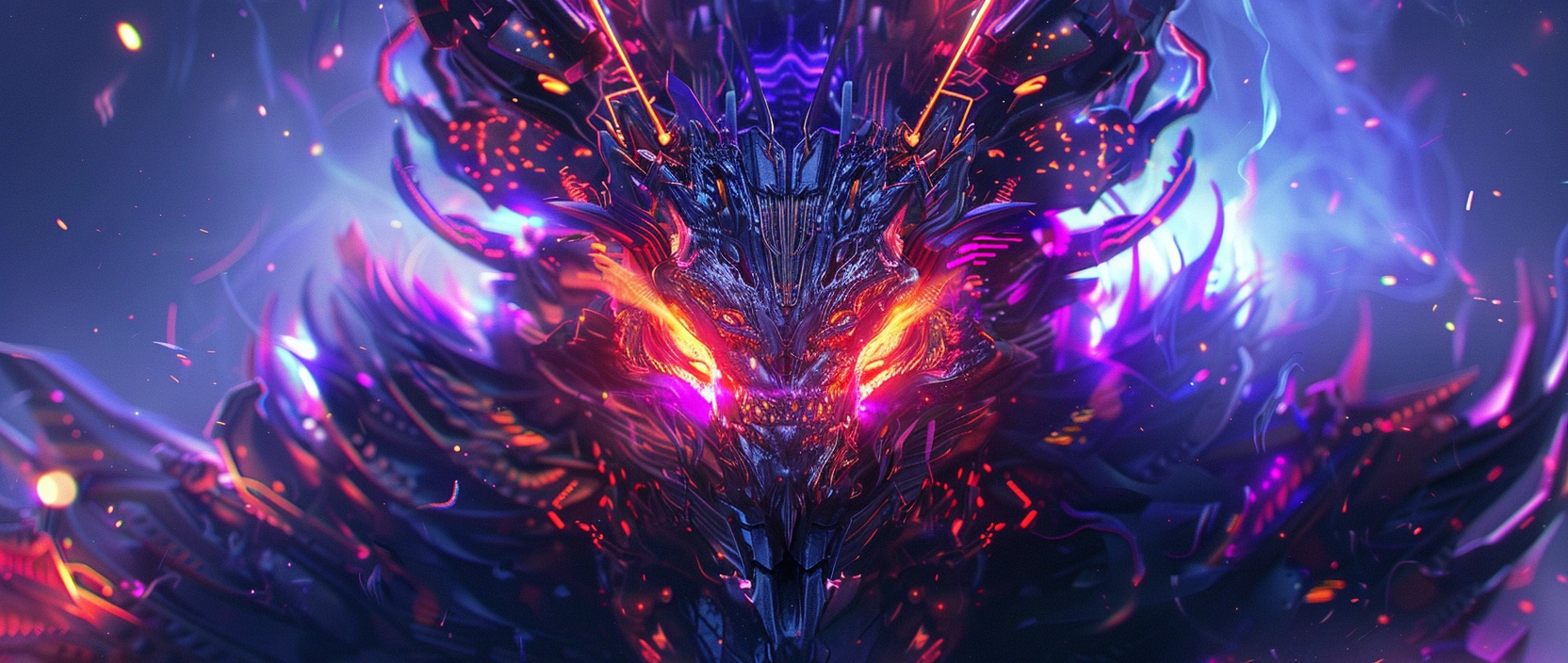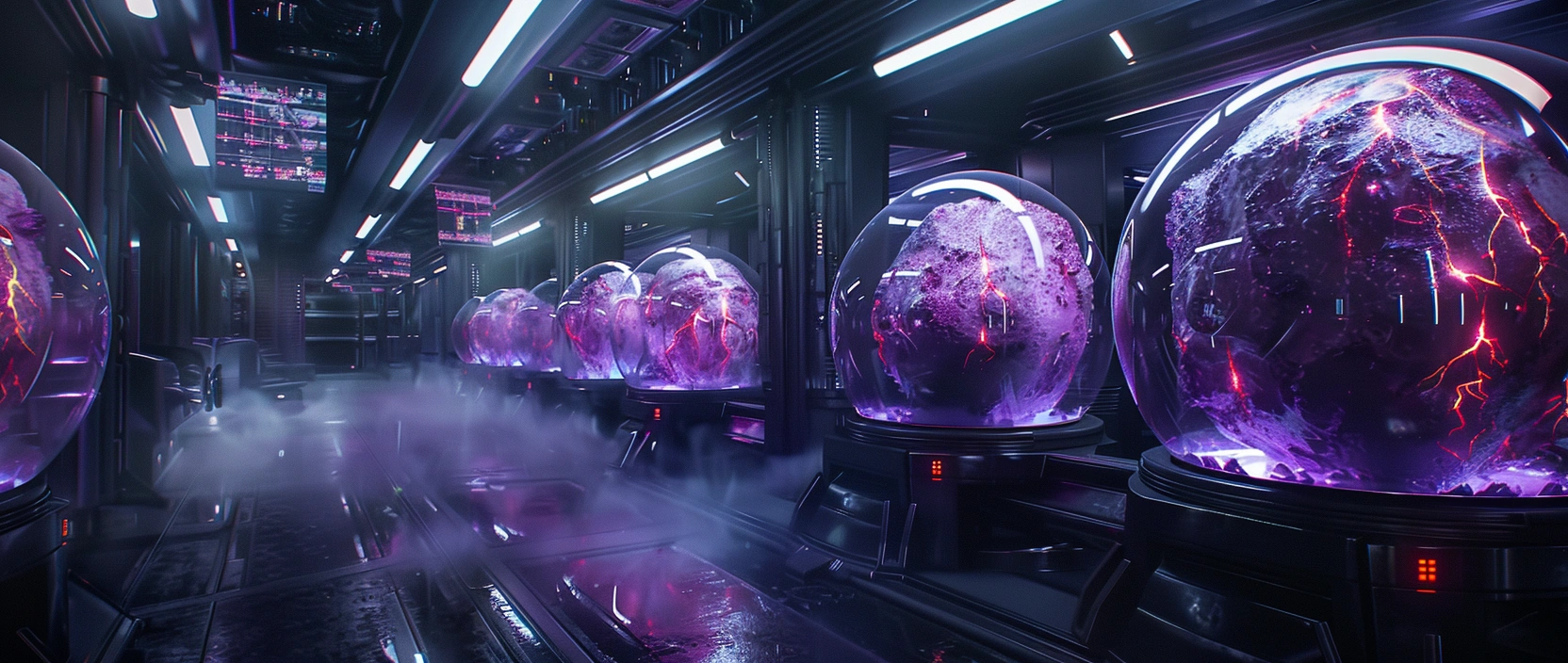Powday Farm | Play Hard is a hybrid of a farming simulator, a social game, and a Web3 platform, combining mechanics of raising virtual creatures, owning digital assets, and participating in a player-driven economy. The project aims to make crypto games accessible, simple, and enjoyable for a broad audience, offering both a relaxed gameplay experience and real economic value. Thanks to this structure, Powday Farm can serve as an entry point into the world of Web3 for players who prefer friendly, casual mechanics. Below is a detailed analysis of Powday Farm, its concept, gameplay, economy, strengths, and development prospects.
Contents
- The Concept of Powday Farm and the Core Idea
- Gameplay Mechanics and Structure
- Powday Farm Economy: Tokens, NFTs, and Web3 Features
- Advantages and Risks of the Project
- Long-Term Potential and Development Prospects
- Conclusion

1. The Concept of Powday Farm and the Core Idea
Powday Farm is a Web3 game designed to merge the familiar format of farming simulators with elements of digital ownership. The core idea is to create an accessible, lightweight, and flexible ecosystem where every element has its own value. NFT creatures, in-game resources, and social interactions form a full ecosystem where every action has long-term impact. This structure allows the game to balance entertainment and functionality without overwhelming players with complex blockchain systems.
The project is aimed at both Web3 newcomers and experienced users who appreciate meaningful digital ownership. The simplicity of its design makes Powday Farm especially appealing to players who enjoy calm gameplay loops without sacrificing participation in an evolving economy. Every creature can become unique through development and rarity, reinforcing the sense of personal progress and ownership. All these elements create a smooth and visually friendly entry into Web3 mechanics.
The ultimate goal is to establish Powday Farm as a platform that connects players through clear tasks and mechanics without requiring a high entry threshold. The game offers enough depth to maintain player interest but remains suitable for short daily sessions. This balance ensures that Powday Farm appeals to a broad audience and has strong potential for future expansion.
2. Gameplay Mechanics and Structure
The gameplay of Powday Farm revolves around nurturing virtual creatures, expanding the farm, and completing various tasks that gradually unlock new features. The structure combines simple daily actions—feeding, upgrading, completing missions—with light strategic elements like resource management and development choices. This balance makes the game easy to pick up but deep enough to maintain engagement. Daily activities encourage players to return and continue improving their creatures.
At the center of the gameplay cycle are the key elements that define progression and interaction with the Powday Farm ecosystem:
Main Gameplay Elements:
- Breeding, developing, and upgrading NFT creatures.
- Collecting and utilizing resources for progression.
- Completing quests and participating in time-limited events.
- Social interaction between players.
- Gradual farm expansion and unlockable features.
The game expands further through interactive and social mechanics. Resources are obtained regularly, but rare items require luck or participation in special events, adding excitement and increasing the value of unique finds. The ability to combine upgrades and experiment with creature development creates a real sense of evolution and growth.
The social component ensures long-term project sustainability: visiting each other’s farms, trading items, joining cooperative events, and competing in leaderboards build a vibrant community. As a result, Powday Farm evolves beyond a simple farming game into a full Web3 platform that connects users through shared activities and goals.
3. Powday Farm Economy: Tokens, NFTs, and Web3 Features
The economy of Powday Farm is built around digital assets represented by NFT creatures and in-game resources that players can grow and utilize. This gives users ownership over items that may hold value beyond the game. Unlike projects that rely on mandatory purchases, Powday Farm offers a free entry model, allowing players to develop their asset “portfolio” gradually. This structure ensures accessibility and fairness for new players.
The NFT marketplace forms the backbone of the internal economy. Players can trade rare creatures, sell unique items, or purchase missing resources for further development. This creates organic market activity where asset value emerges naturally through demand, rarity, and the player's effort. The system encourages engagement without forcing financial pressure.
An important advantage is the economy’s scalability. Developers can introduce new NFT types, expand creature lines, add upgrades, and launch seasonal collections while maintaining overall ecosystem stability. This flexibility allows Powday Farm to adapt to evolving market conditions and community expectations. As a result, the project supports long-term asset value and ecosystem health.
Table of Key Economic Components:
| Component | Description | Role in the Ecosystem |
|---|---|---|
| NFT Creatures | Unique beings that can be raised, upgraded, and traded | Define growth depth and give identity to each farm |
| Resources | Materials used for development and upgrades | Control progression pacing and encourage daily engagement |
| Marketplace | System for exchanging NFTs and items | Creates real value and ensures liquidity of assets |
| Events | Limited-time activities with rare rewards | Boost engagement and provide access to exclusive items |
The combination of these components forms a dynamic economic ecosystem where players are motivated to grow their farm, explore new mechanics, and seek valuable opportunities. Powday Farm’s economy is not just a set of features—it is a living structure capable of maintaining player interest long-term.

4. Advantages and Risks of the Project
Powday Farm offers several notable advantages that allow it to stand out among Web3 games. The simplicity of its gameplay makes it appealing to a broad audience, including those unfamiliar with blockchain. Its calm visual style and smooth progression system help maintain engagement without requiring heavy investments or long play sessions. This creates a welcoming environment that encourages community growth.
To better understand the project’s potential, it is essential to examine the core advantages and the risks affecting long-term stability:
Advantages:
- Accessibility, low entry barrier, and intuitive interface.
- Digital ownership through NFTs.
- Strong social component.
- Suitable for both newcomers and experienced players.
- Scalable and flexible economy.
Risks:
- Dependence on crypto market dynamics.
- Need for regular content updates.
- Potential instability of NFT liquidity.
- High competition within the Web3 gaming sector.
However, many risks can be balanced through consistent development and active community engagement. Continuous updates, transparent communication, and evolving economy systems can ensure long-term stability. With its mix of light mechanics and social depth, Powday Farm has the potential to build a resilient Web3 ecosystem capable of retaining players for many years.
5. Long-Term Potential and Development Prospects
Powday Farm has strong growth potential, especially given the rising popularity of casual Web3 games. The project can expand through new game modes, rare creatures, unique collections, and seasonal events. These elements add diversity to gameplay while supporting long-term interest among collectors and casual players. With regular content updates, Powday Farm can maintain relevance over extended periods.
A promising development direction is cross-project interaction and partnerships with other Web3 ecosystems. This could broaden the game's audience and create additional utility for assets. Implementing metagame elements, leaderboards, and cooperative challenges can deepen engagement and foster competition. Such features strengthen the social foundation and promote a long-lasting player community.
The project's future depends on transparent tokenomics and consistent updates. Stable economic systems, fair value distribution, and responsive support are crucial for success. With proper long-term strategy, Powday Farm could secure a meaningful position within the Web3 gaming landscape, offering an enjoyable, relaxing, and rewarding hybrid experience.
6. Conclusion
Powday Farm | Play Hard blends relaxing farming gameplay, social mechanics, and Web3 economics, creating a unique format suitable for newcomers and experienced players alike. The project offers not just entertainment but a cohesive ecosystem built around digital ownership and long-term progression. This balance allows Powday Farm to maintain user interest without overwhelming complexity.
The success of Powday Farm will depend on infrastructure stability, content quality, and ongoing support. If the developers manage to maintain harmony between gameplay and NFT value, the project can secure a strong position among casual Web3 games. In the long term, Powday Farm has the potential to become a stable, community-driven ecosystem with sustained growth and engagement.




